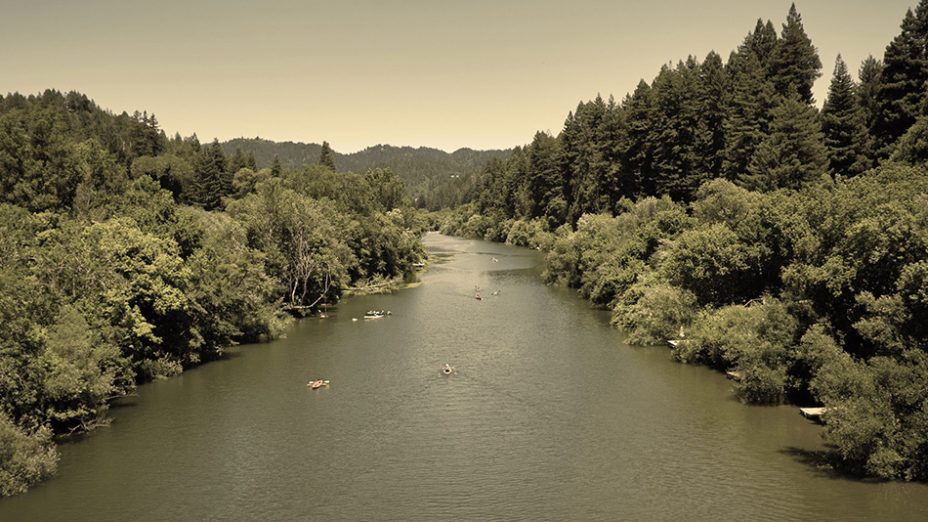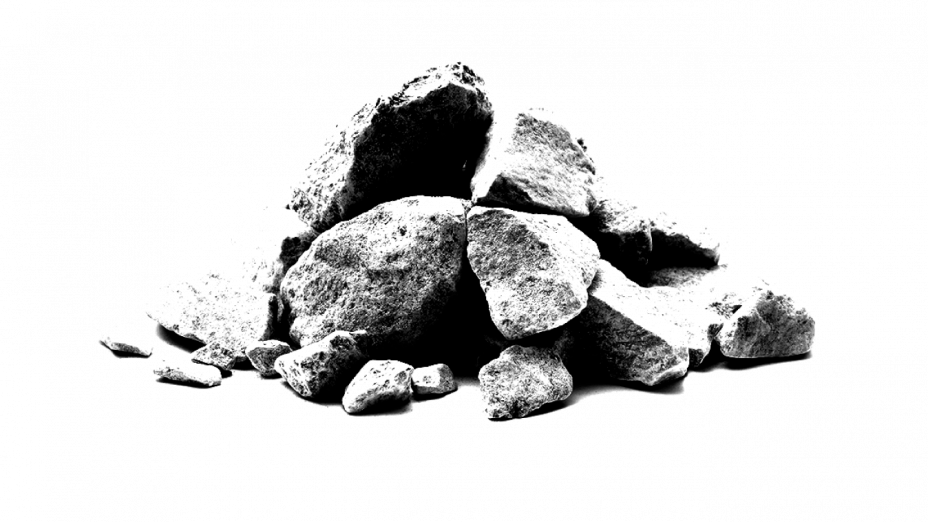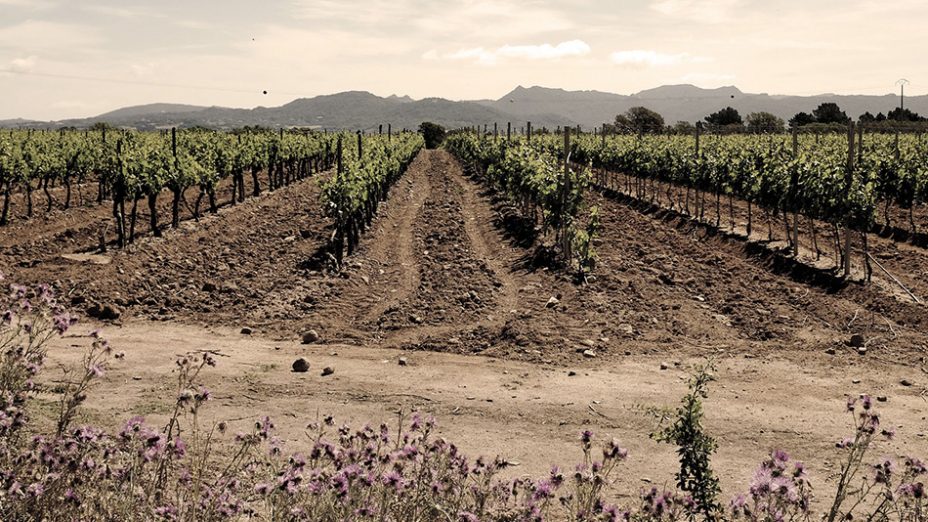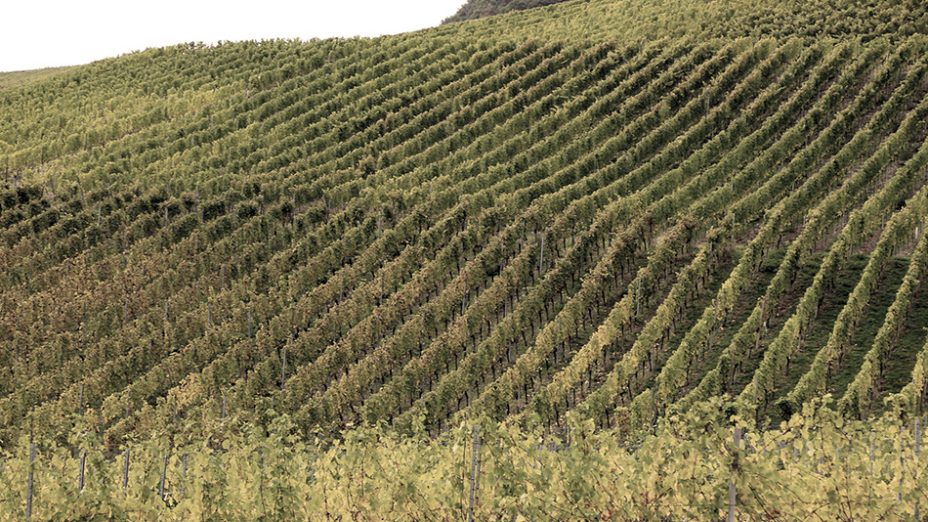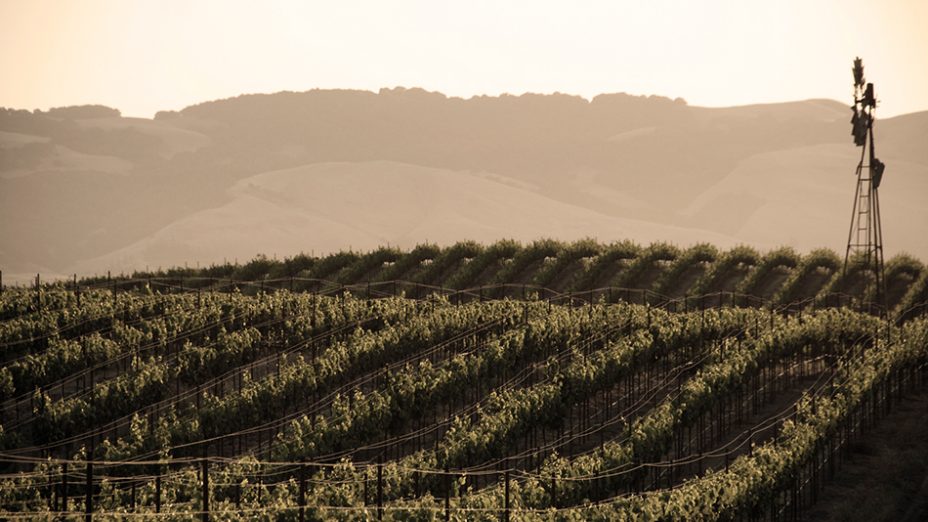Well before the Gold Rush of 1849 took place, Russian settlers planted vineyards in the fertile soils of northern Sonoma County along the Pacific Coast. Subsequent European settlers also recognized that the region’s unique climate and complex puzzle of soils lent themselves to the cultivation of wine grapes. By 1876, wine-growing was well established in the Russian River Valley, with about 5,000 acres under vines.
Larger wineries began to flourish, including The Santa Rosa Wine Company established in 1876, Korbel Champagne Cellars in 1882 and Foppiano Winery in 1896. Then, during Prohibition, the wine industry contracted dramatically. When Prohibition ended in 1933, few of the region’s wineries remained.
The current grape-growing boom in the Russian River Valley began in the 1960s and in 1983, the Russian River Valley became an Approved Viticultural Area (AVA). In 2005, the AVA was expanded, adding 30,200 acres of previously overlooked portions of the fog regions.








